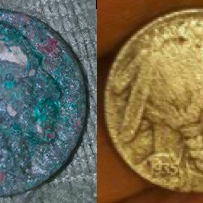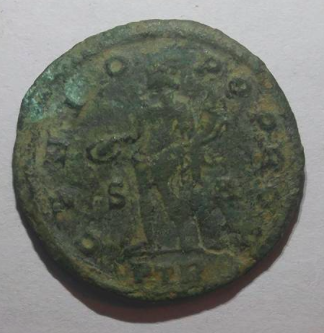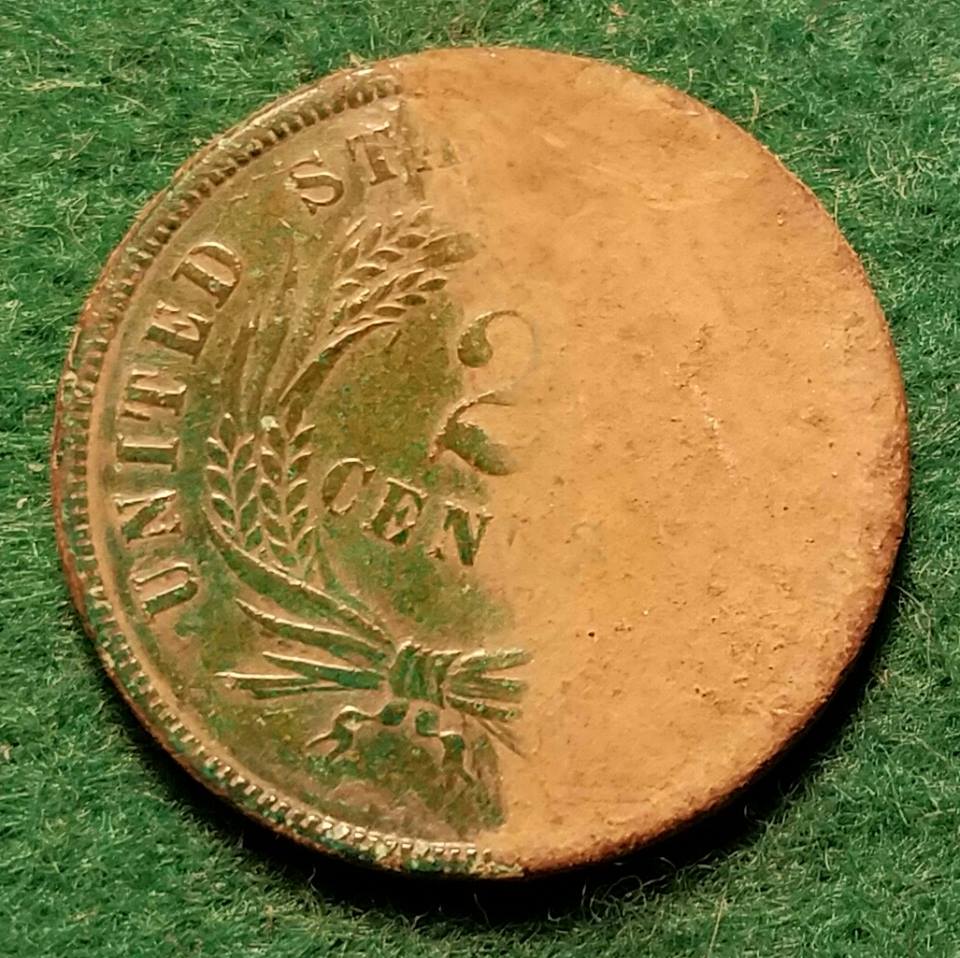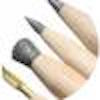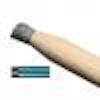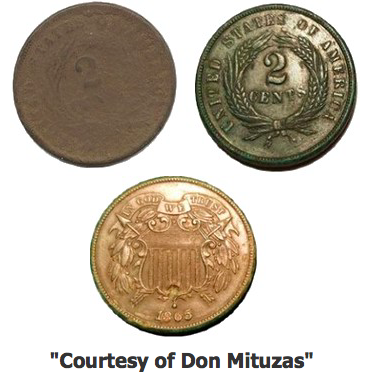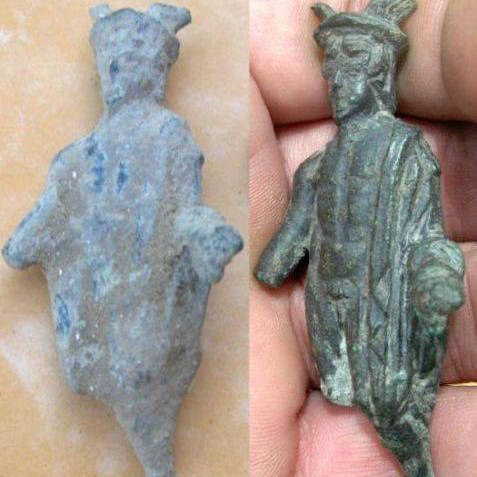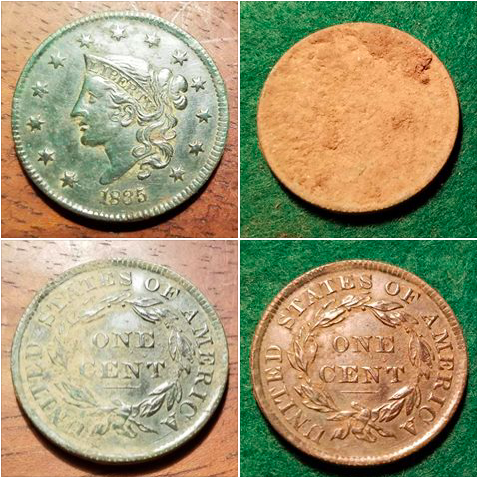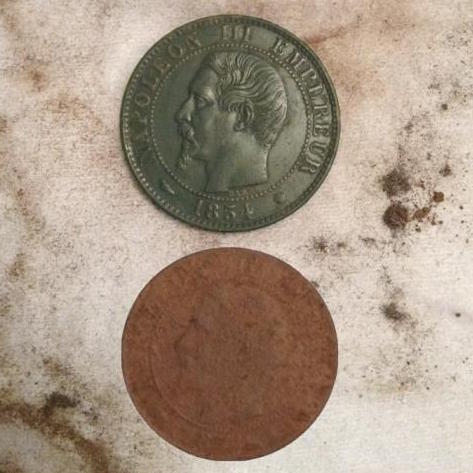METAL DETECTING - RESTORING YOUR FINDS
Time to show off ! Become a member of the Facebook group, share your cleaning tips/techniques, post before and after pictures, participate to giveaway contests :)
RESTORING TIPS AND TECHNIQUES
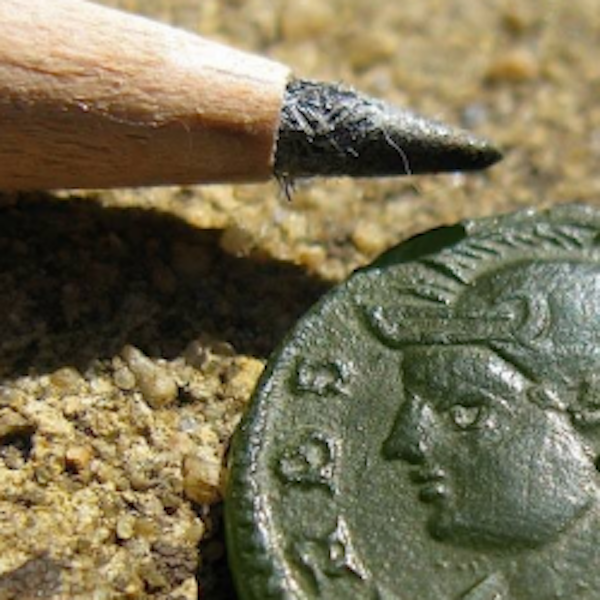
André's Pencils - "Le Crayon à André©"
Le Crayon à André© or André's pencil is now very famous in France and already adopted by many detectorists. Versatile and efficient, it is distributed by 30 stores and in 10 countries. The set of 4 different pencils allows to clean baked dirt, crust while preserving the patina. The brush pencil is great for finishing and may also be used on more sensitive metals such as coppers and nickels.
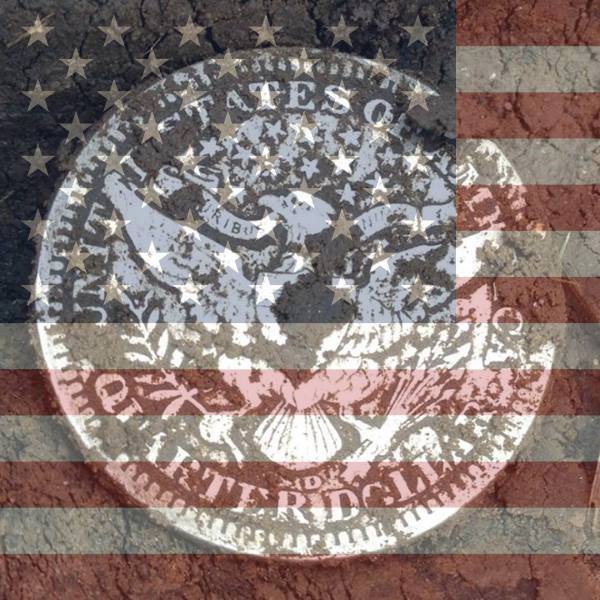
Cleaning Silver
Almost a "classic" question for many metal detectorists and also a true debate. Many will prefer to leave silver "as is" and others will favor a thorough cleaning. It really comes down to personal choice and preference. If you wish to clean your silver finds, there are a few options that have proved to be very efficient as well as very affordable.
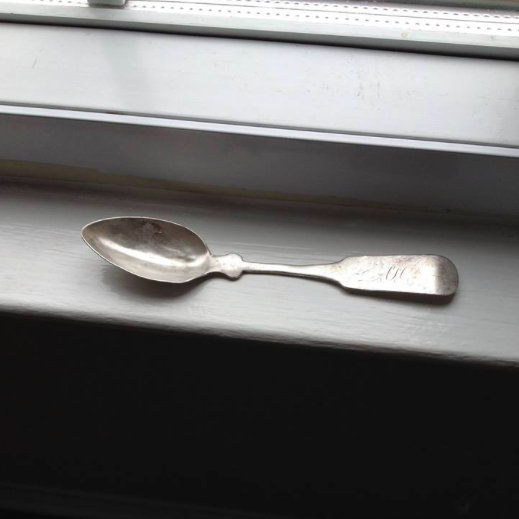
Annealing/Quenching
We have all had that disappointment of finding a nice silver artifact that is all bent and twisted. Well, it may not be lost. Discover more about how you can actually unbend silver. It requires caution and patience... but it can be done ! Know that this process will eventually have you cleaning your find. Annealing will indeed tarnish and color silver and unless you clean it, it will stay this way.
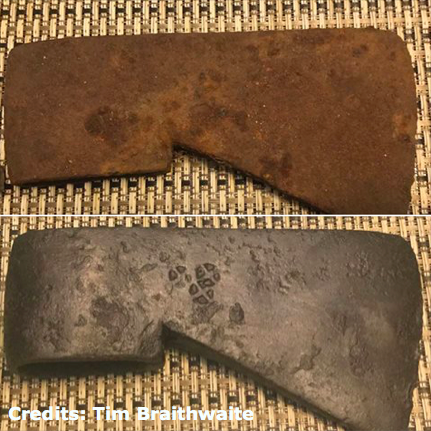
Electrolysis
"Electrolysis is a technique that uses a direct electric current (DC) to drive an otherwise non-spontaneous chemical reaction." Yes, that's what Wikipedia says it is. In other words: metals such as iron, when found in salt water or mineralized ground, will be corroded and rusty. Once out of the ground, corrosion and decay will actually keep going. Electrolysis is meant to slow down or even stop this process. It will also enhance your finds and give them a better look. Can be used on most metals, although more commonly used on iron. It should not be used on nickels as it will change their color.

Rock Tumbler
Sometimes used with gems, a rock tumbler can also be used as a coin tumbler. Tumbling is a technique for smoothing and polishing a rough surface. Realistically speaking, a tumbler should mostly - if not only - be used on clad coins. It is a mechanical cleaning process. You will need to either buy or build your own tumbling system as well as a specific mix that has to be added to the process. Results on clad coins are pretty satisfying.

Chemical Cleaning - Additional Resources
With the pencils, you have a mechanical cleaning and you are able to monitor and check in real time - as you go - the progress of your cleaning. With mechanical cleaning, it is sometimes a little harder. Nevertheless, chemical cleaning can be very efficient if you know how to "read" a coin and if you have the patience of practicing quite a bit. Since it is chemical, we recommend caution as well.
ANDRE'S PRODUCTS
Shout out to 2 very nice groups: Stealth Diggers and The Hoover Boys. Check their videos below, they both tried the pencils and were pretty much glad with the results! :)
The Hoover Boys
Stealth Diggers
And another video made by an Australian Store: Aussie Detectorist
